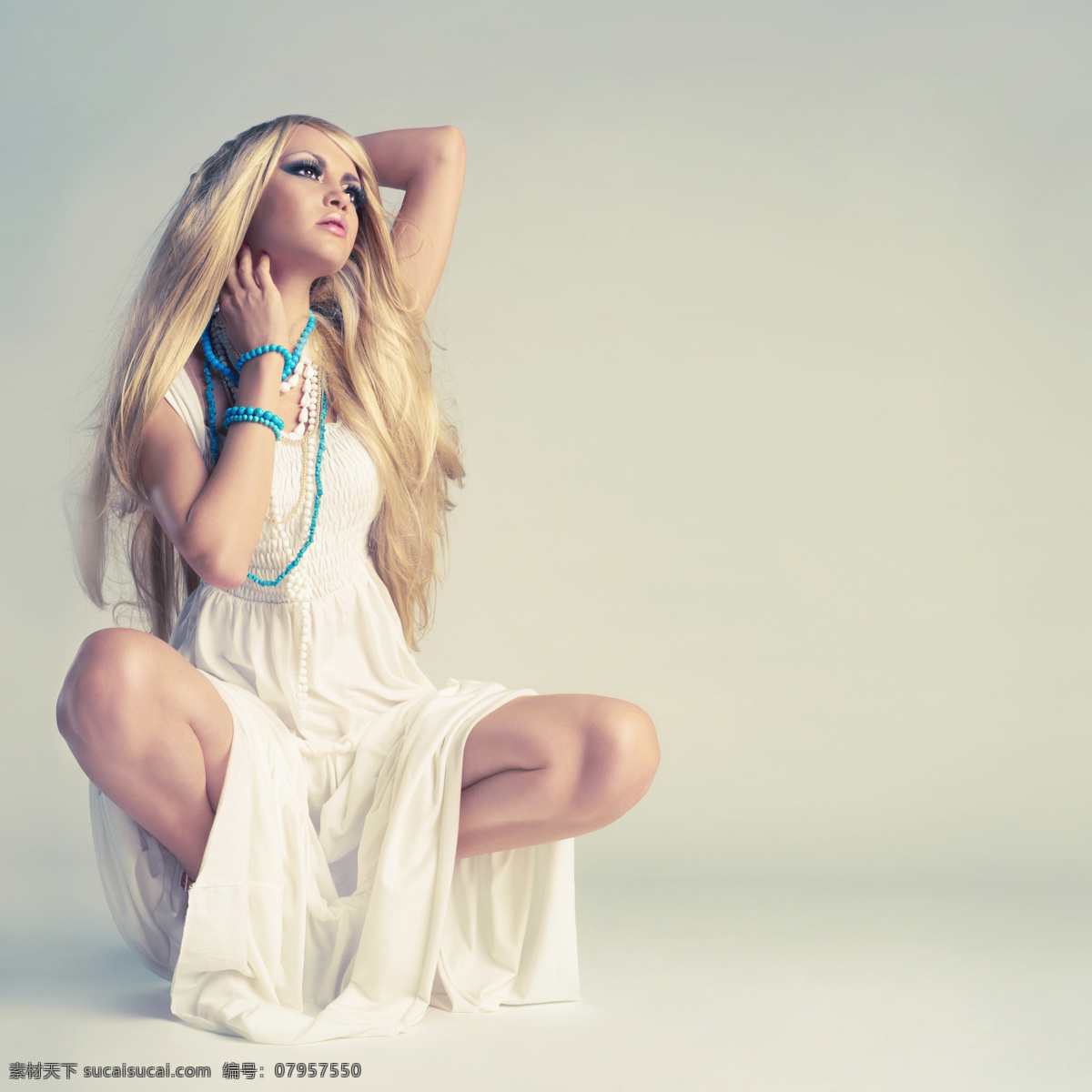Title: “Skirts Through History: A Fashion Journey Across Eras”
Introduction:
Skirts have been a staple of fashion for centuries, evolving in style, silhouette, and significance across different cultures and time periods. From ancient civilizations to modern runways, skirts have played a central role in shaping women’s fashion and self-expression. This article takes you on a journey through the history of skirts, exploring their evolution and enduring allure across eras.
Ancient Origins:
The history of skirts dates back to ancient civilizations, where draped garments were worn by both men and women for practicality and modesty. In ancient Egypt, for example, men and women wore simple wrapped skirts made from linen or cotton. Similarly, ancient Greeks draped themselves in chitons and peplos, while Romans favored the toga and stola, all of which served as predecessors to the modern skirt.
Medieval Elegance:
During the Middle Ages, skirts evolved into more structured and elaborate garments, reflecting the hierarchical society and elaborate court culture of the time. Women wore voluminous skirts with fitted bodices, often embellished with embroidery, lace, and jewels. The silhouette varied from region to region, with styles ranging from the full skirts of the Renaissance to the slender lines of the Gothic period.
Victorian Virtue:
The Victorian era brought a renewed emphasis on modesty and morality, reflected in the fashion of the time. Women’s skirts became longer and fuller, reaching the floor and often requiring multiple layers of petticoats for support. Crinolines and hoop skirts were popular during this period, creating exaggerated silhouettes that emphasized the idealized feminine form.
20th Century Revolution:
The 20th century saw dramatic changes in skirt styles, reflecting shifts in culture, technology, and social norms. The flapper era of the 1920s brought about a revolution in women’s fashion, with shorter skirts and looser silhouettes challenging traditional notions of femininity. The mid-century saw the rise of the pencil skirt, a sleek and form-fitting style that epitomized the elegance and sophistication of the post-war era.
Modern Diversity:
Today, skirts come in a myriad of styles, lengths, and silhouettes, reflecting the diversity and individuality of contemporary fashion. From mini skirts to maxi skirts, A-line to asymmetrical, skirts offer endless possibilities for self-expression and personal style. Designers continue to experiment with fabrics, prints, and embellishments, pushing the boundaries of creativity and innovation in skirt design.
Conclusion:
From ancient drapery to modern masterpieces, skirts have traversed the ages as symbols of femininity, elegance, and self-expression. Across cultures and time periods, skirts have evolved in style and significance, reflecting the ever-changing landscape of fashion and society. As we continue to embrace skirts as a timeless wardrobe staple, let us celebrate their rich history and enduring allure as a symbol of beauty, grace, and individuality through the ages.
